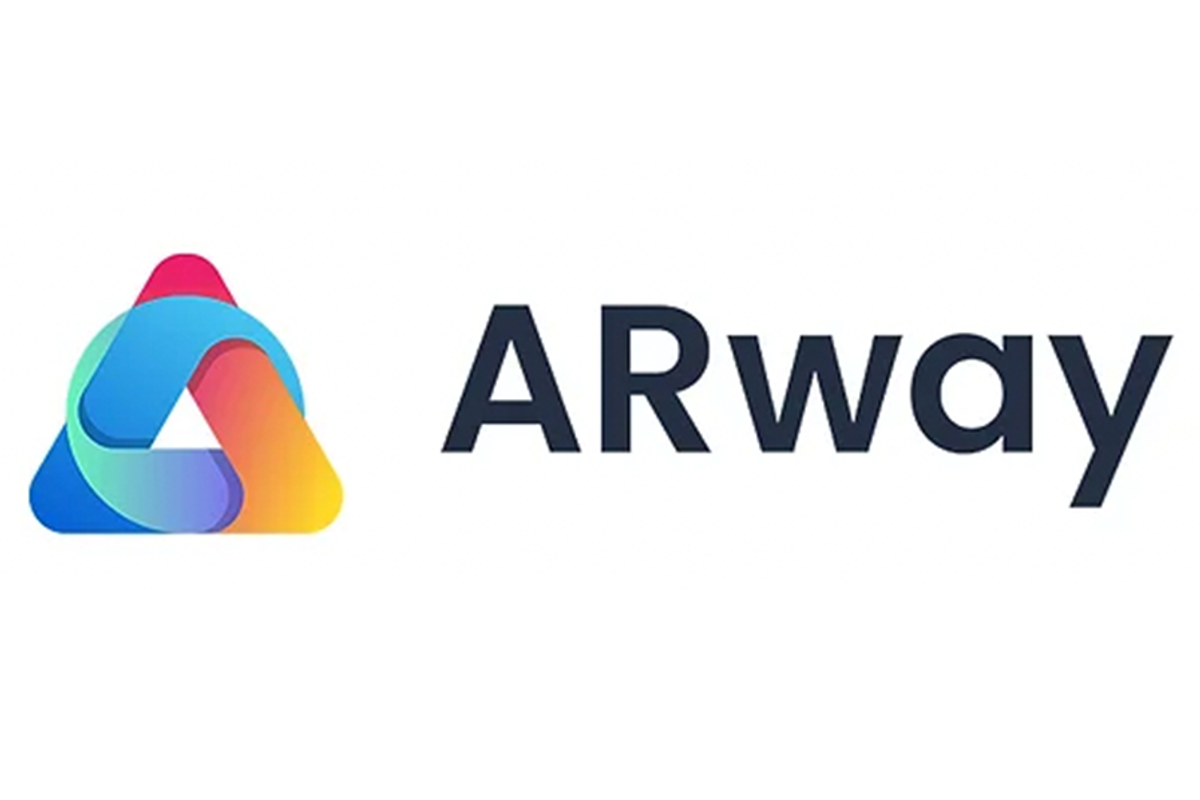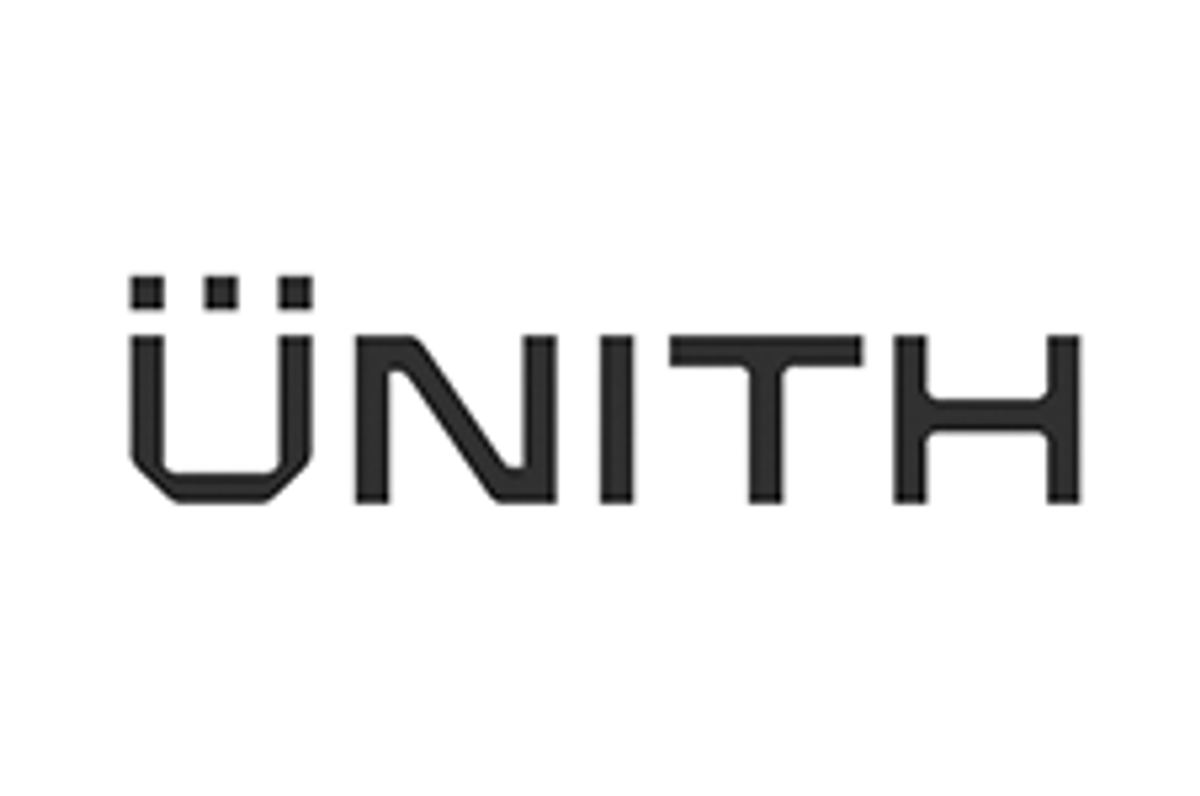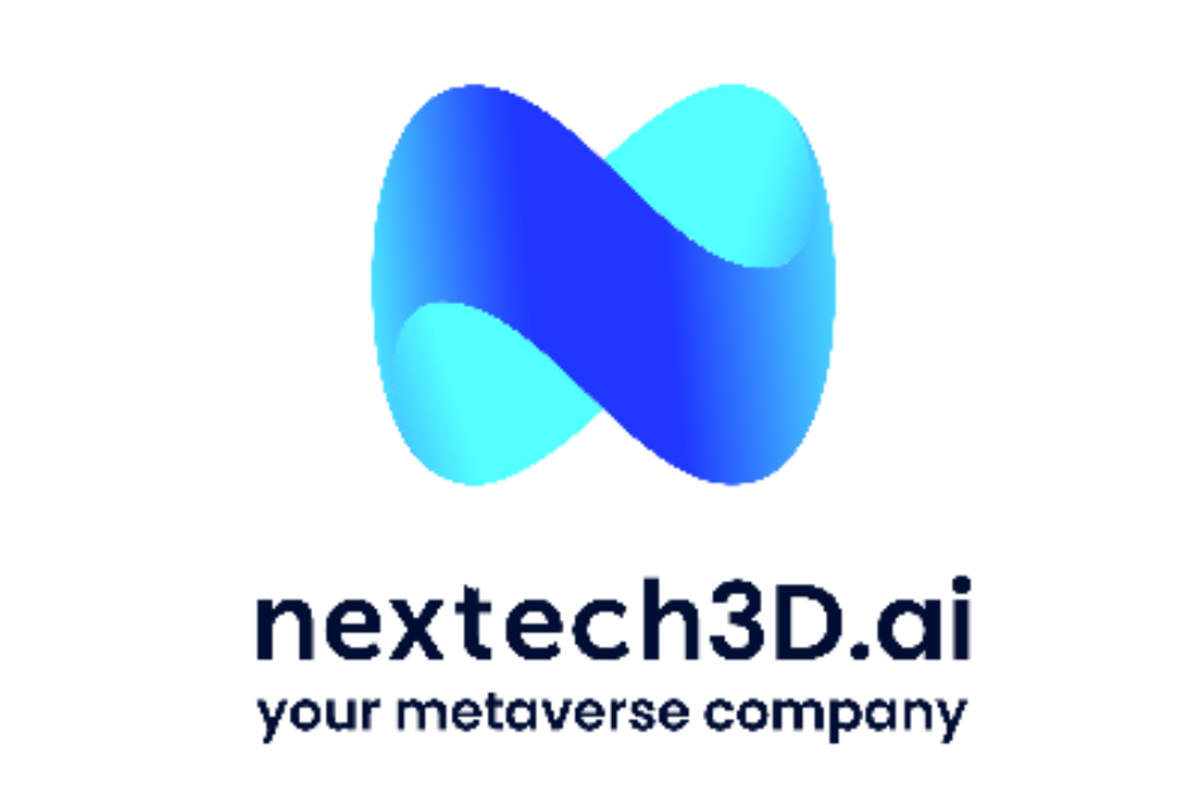
March 15, 2023
ARWAY CORP. SIGNS MULTIPLE NEW SDK DEALS FOR INDOOR POSITIONING (IPIN) & AUGMENTED REALITY NAVIGATION
ARway Corp. has signed five new deals for its software development kit (SDK), which showcases the increasing demand for this disruptive technology. Since its SDK was released on Jan. 31, 2023, the company has been experiencing a wave of demand from resellers, enterprise corporations and brands, which is expected to drive significant revenue in 2023.
According to research from Technavio, the $44-billion global indoor positioning and indoor navigation (IPIN) market will grow by $23.03-billion (U.S.) from 2020 to 2025, and the growth momentum of the market will accelerate at a CAGR (compound annual growth rate) of 33.21 per cent during the forecast period. The market growth will be led by North America, as this region will account for 40 per cent of the market's growth during the forecast period.
New deals:
- MPSKIN -- SDK partner: Using the ARway platform for existing map management of virtual tours, and implementing new augmented reality tours on site at museums and art galleries;
- The TRIBE -- SDK partner: Using ARway to build a custom AR (augmented reality)-powered app for its marketing agency to showcase capabilities to clients;
- Suggesto -- SDK partner: Using ARway for a new experiential location-based game for its local customers in Italy;
- ENCORE EAS: Entertainment technology provider based in MENA (the Middle East and North Africa). Using ARway in airports for wayfinding and guided tours;
- Rayqube -- SDK partner: Agency based in Dubai building an experiential AR app for some of its select client locations to drive social engagement/sharing.
These SDK deals range in size from $600 to $10,000 based on the usage of the platform, and are within various industries, representing a wide range of use cases for ARway technology. The company is especially seeing significant and accelerating deals from augmented reality agencies. These creative agencies already work with dozens or even hundreds of customers and brands that want and need Arway's wayfinding technology. By subscribing to the ARway platform the agency can demonstrate the ARway capabilities to its clients and act as a reseller for ARway's solution.
ARway's SDK contains code libraries and API (application programming interface) information that allows developers to build their own white-label and private-label mobile apps on both iOs and Android, leveraging ARway's technology and creator tools to build AR wayfinding and spatial experiences. Creators and agencies will be able to develop white-label and private-label apps and access ARway APIs to author maps using the web creator portal.
About ARway Corp.
ARway is an AI (artificial intelligence)-powered augmented reality navigation platform for the real-world metaverse. It enables AR-enhanced indoor navigation and wayfinding solutions for large, multipurpose venues enabled by marker-based tracking using QR (quick response) codes. Visitors can access a venue map by scanning a QR code with their smart phone upon entering the venue to navigate to any point of interest (POI) with step-by-step directions, learn information about those POIs, and interact with rich AR content and experiences along the way.
The ARway offering has an unlimited number of use cases for augmenting physical spaces in the metaverse, consisting of indoor navigation with AR activations to improve the visitor experience in large and complex spaces. With value propositions spanning multiple industries and use cases, ARway leverages Nextech's 3-D/AR technology solutions to new substantial markets, for use by creators, brands and companies.
We seek Safe Harbor.

Sign up to get your FREE
55 North Mining Investor Kit
and hear about exciting investment opportunities.
- Corporate info
- Insights
- Growth strategies
- Upcoming projects
GET YOUR FREE INVESTOR KIT
The Conversation (0)
29 December 2025
55 North Mining
High-grade Manitoba gold project with exploration upside and strategic positioning in an active mining district
High-grade Manitoba gold project with exploration upside and strategic positioning in an active mining district Keep Reading...
28 December 2025
Unith Strengthens Funding Position
Unith (UNT:AU) has announced Unith Strengthens Funding PositionDownload the PDF here. Keep Reading...
24 December 2025
CORRECTION: Nextech3D.ai Provides Shareholder Update on Krafty Labs Acquisition and Announces $321,917 CEO Investment
Correction: The conversion price was incorrectly reported as .14/share. The correct price is .165/shareCorrection: Nextech3D.ai Provides Shareholder Update on Krafty Labs Acquisition and Announces $321,917 CEO InvestmentCorrection: The conversion price was incorrectly reported as .14/share. The... Keep Reading...
23 December 2025
AI Market Forecast: Top Trends for AI in 2026
Artificial intelligence (AI) has cemented its role as a key sector for investors, but its path forward is shifting.Several catalysts, including sustained AI infrastructure spending and US Federal Reserve interest rate cuts, are poised to drive tech sector growth in 2026; however, massive capital... Keep Reading...
23 December 2025
Nextech3D.ai Provides Shareholder Update on Krafty Labs Acquisition and Announces New CEO Investment
CEO Investment Is a continuing sign of commitment and alignment with shareholders as he already is the largest shareholder and owns 32mill shares TORONTO, ON / ACCESS Newswire / December 23, 2025 / Nextech3D.ai (CSE:NTAR,OTC:NEXCF)(OTCQX:NEXCF)(FSE:1SS), an AI-first event technology and digital... Keep Reading...
19 December 2025
Tech Weekly: Micron Rises on Latest Results, Trump Media Jumps on TAE Merger
Welcome to the Investing News Network's weekly brief on tech news and tech stocks driving the markets. We also break down next week's catalysts to watch to help you prepare for the week ahead.Don't forget to follow us @INN_Technology for real-time news updates!Securities Disclosure: I, Meagen... Keep Reading...
18 December 2025
AI Market 2025 Year-End Review
2025 marked the digestion phase for artificial intelligence (AI). Central to this shift was the widespread move from pilot projects to full-scale implementation of AI, even as companies navigated ongoing macroeconomic, geopolitical and ethical challenges.Big Tech unleashed hundreds of billions... Keep Reading...
Latest News

Sign up to get your FREE
55 North Mining Investor Kit
and hear about exciting investment opportunities.
- Corporate info
- Insights
- Growth strategies
- Upcoming projects
GET YOUR FREE INVESTOR KIT
Interactive Chart
Latest Press Releases
Related News
TOP STOCKS
American Battery4.030.24
Aion Therapeutic0.10-0.01
Cybin Corp2.140.00





